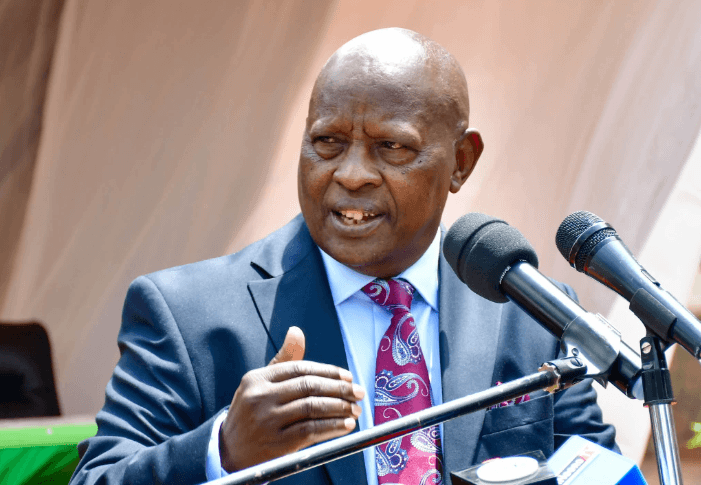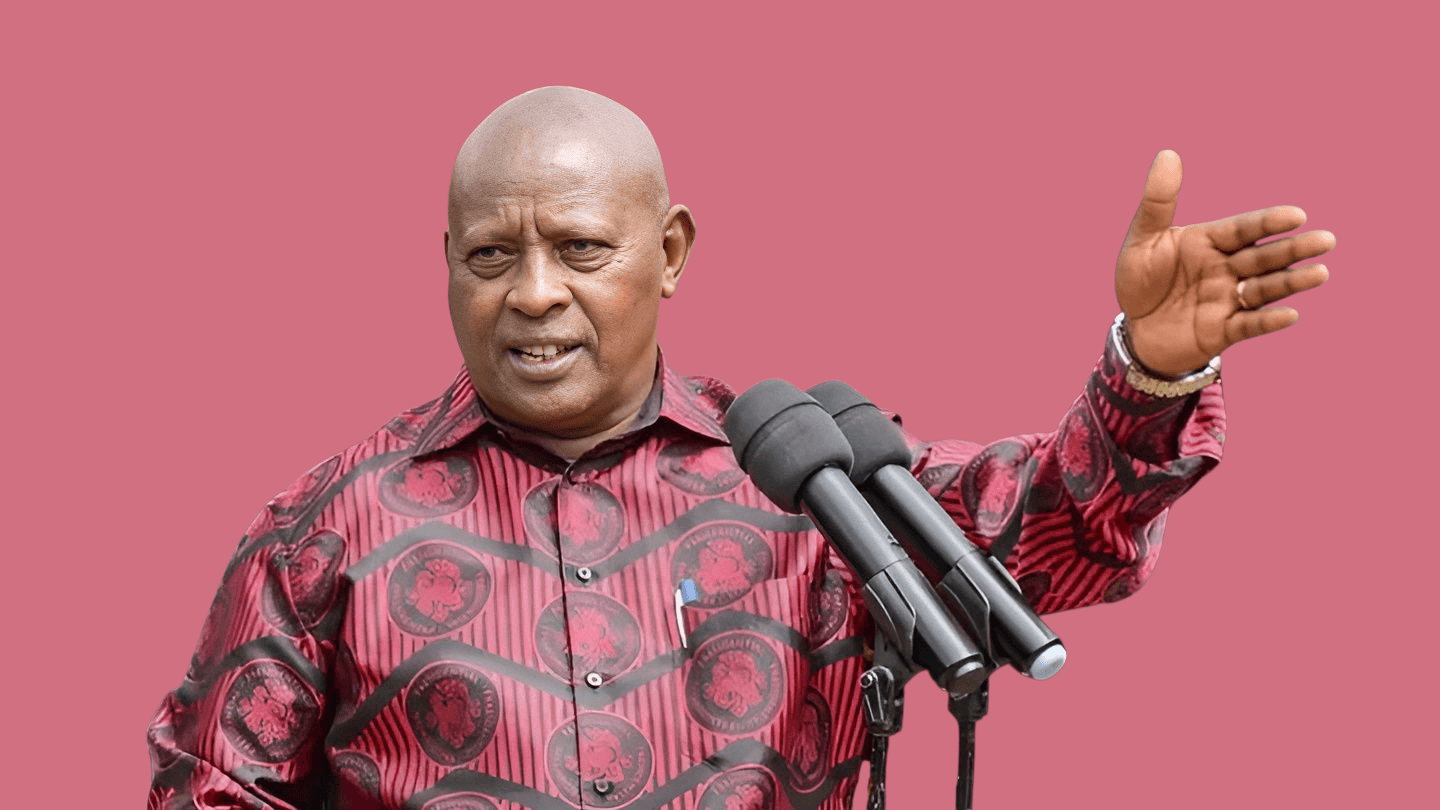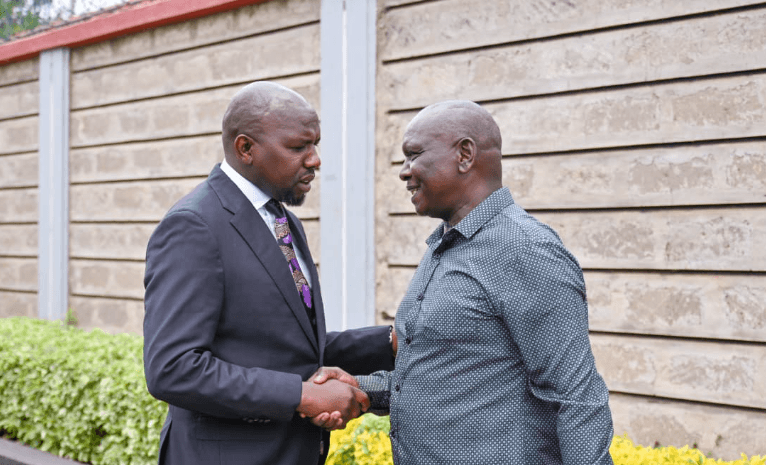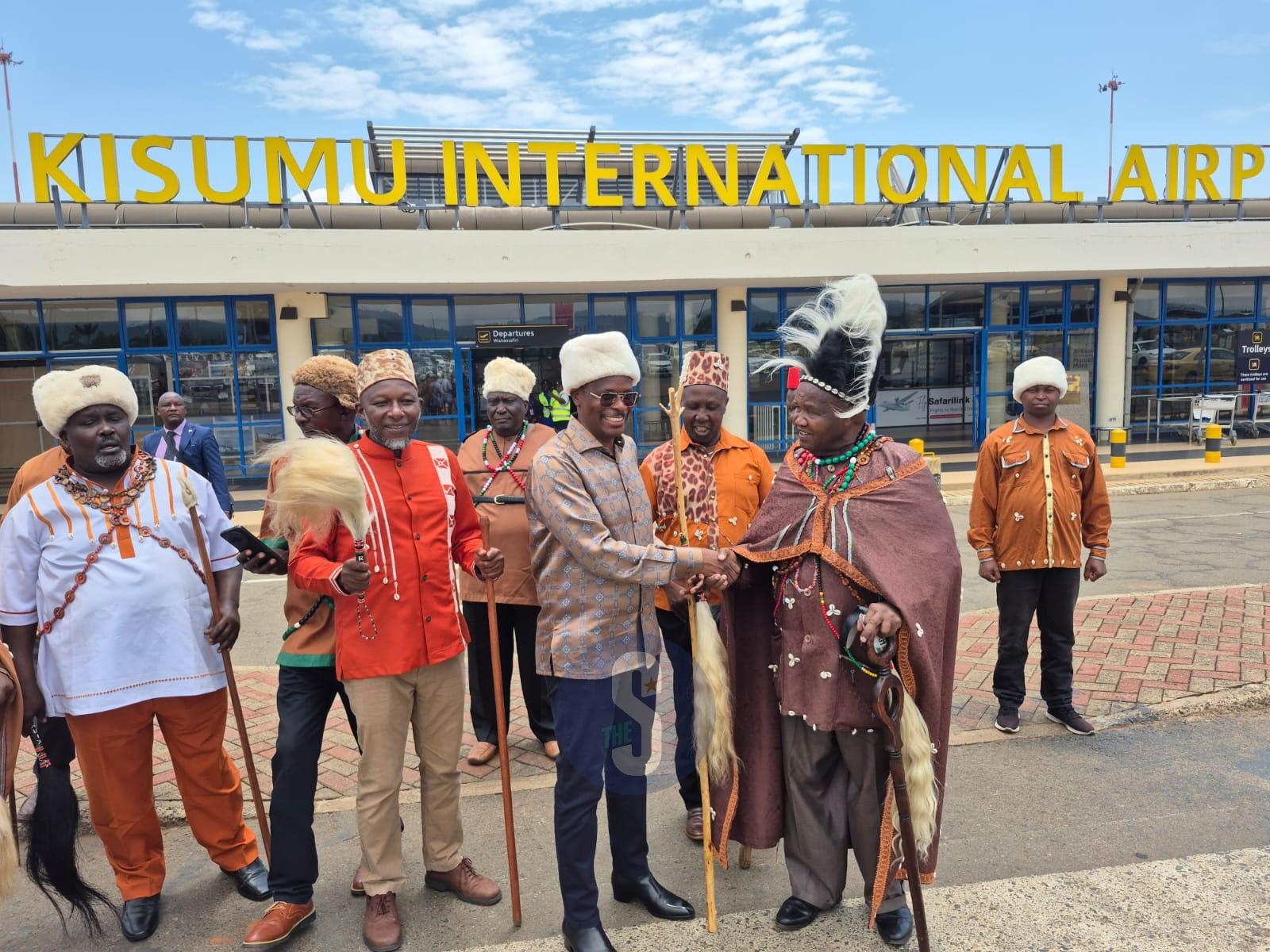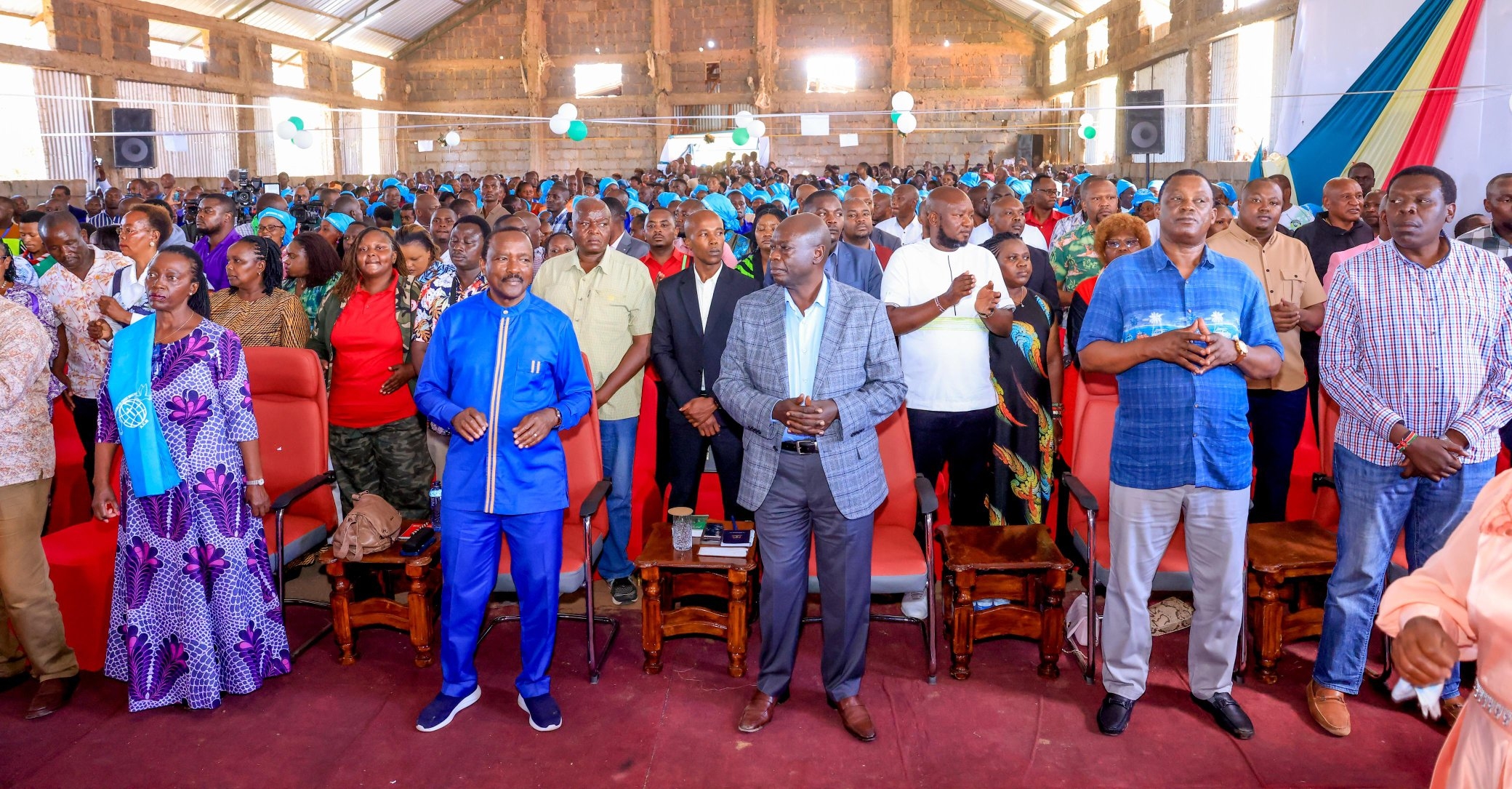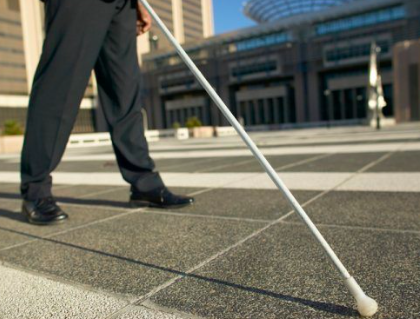
People still don't understand what a white cane means.
For many Visually Impaired Persons (VIPs) like myself, navigating with a white cane in hand, where every step outside our door is more often than not a gamble, is never easy.
I’d hasten to say that it’s a minefield, as there are countless factors we have to think about.
Amidst the chaos of traffic, boda bodas, potholes, sidewalks overrun with pedestrians and street vendors, unmarked construction zones, and the occasional wandering livestock, lies a significant yet often overlooked population, VIPs - we are confronted with considerable barriers to our mobility.
The white cane is recognised as a symbol of independence, a sign of autonomy and respect for the blind and visually impaired persons - in line with Article 3 of the principles enshrined in the UN Convention on the Rights of Persons with Disabilities (CRPD).
It is also in accordance with the obligations stipulated under Article 9 of the CRPD on accessibility, Article 20 on mobility and sustainable development goal number 11, on accessible cities and human settlements.
White cane, also known as Guide Cane, is used by VIPs to move around without necessarily needing much support by anybody, especially when we are in unfamiliar environments. This simple device allows us to navigate our environment safely, detect obstacles, and maintain our balance.
One of the biggest misconceptions about people who are visually impaired (and people with disabilities in general) is that we are totally dependent on others or incapable of taking care of ourselves.
A quality white cane offers the required guidance with minimal support.
Leave no one behind
Several people don’t understand the significance of a white cane and the biggest challenge here in Kenya is their affordability and availability in the country.
Even when we do own white canes, we continue to face significant barriers such as lack of safe and accessible urban spaces as outlined in my Persons with Disabilities Bill, 2023 which amongst other provisions, seeks to make buildings and streets more accessible; and my Transport Amendment Bill which calls for public transport systems to adopt Universal Design standards and principles to ensure easy access for all users on our roads, including persons with disabilities.
These are crucial elements which I had the opportunity to address at the National Construction Authority Conference in September, and the Hamburg Sustainability Conference in Germany this month, where I spoke on inclusive transport, accessible urban living and just mobility for persons with disabilities.
It is a misconception that the white cane is always electric or has motion sensors of some kind. Yes, there are those types in the market, but are extraordinarily expensive.
The average VIP uses a basic white cane without the fancy stuff. When you see us tapping it on the ground from left to right as we walk, it is providing sound and tactual information that helps us better understand our surroundings.
This is why it is vital to have wide and tactile pavements, step-free transport systems, continuous and obstacle-free streetscapes, and audible traffic signals which could promote more inclusion.
The National Assembly when allocating budgets should ensure that the Ministry of Labour and Social Welfare have adequate resources to facilitate the provision of white canes to blind and visually impaired persons (including students and children) at the county government level free of charge in the spirit of leave no one behind, in order to promote inclusive development.
And for those that are unsure of what to do when you come across a visually impaired person that is with or without a white cane:
1. First, don’t shout! Blindness doesn’t equal to deafness - please speak to us in a natural tone (unless of course we ask you to speak louder).
2. Kindly ask before touching someone who is blind, so you do not surprise them
3. Do not assume that we need assistance. Offer to help but don’t insist when we say no, thank you
4. Always identify yourself – be considerate that the person who is blind needs to know who you are, where you are standing and who else might be present.
5. In an unfamiliar place, if you’re the guide, you should indicate the presence of a level change e.g. types of stairs (deep, narrow curved etc)
6. Again, if you’re the guide, never leave that person unless you first inform them. If s/he is stood up and you need to leave them briefly, perhaps have them lean on something (a wall/ chair/ table) so that they maintain their position.
7. Remember, skilled white cane users rely on their canes to navigate, and disrupting their path may interfere with their movement. If you are driving or cycling, be considerate - stop and give them way.
Vision is just one way to see the world.
Let’s commit to creating a more inclusive society where everyone can navigate
life with confidence and dignity.


